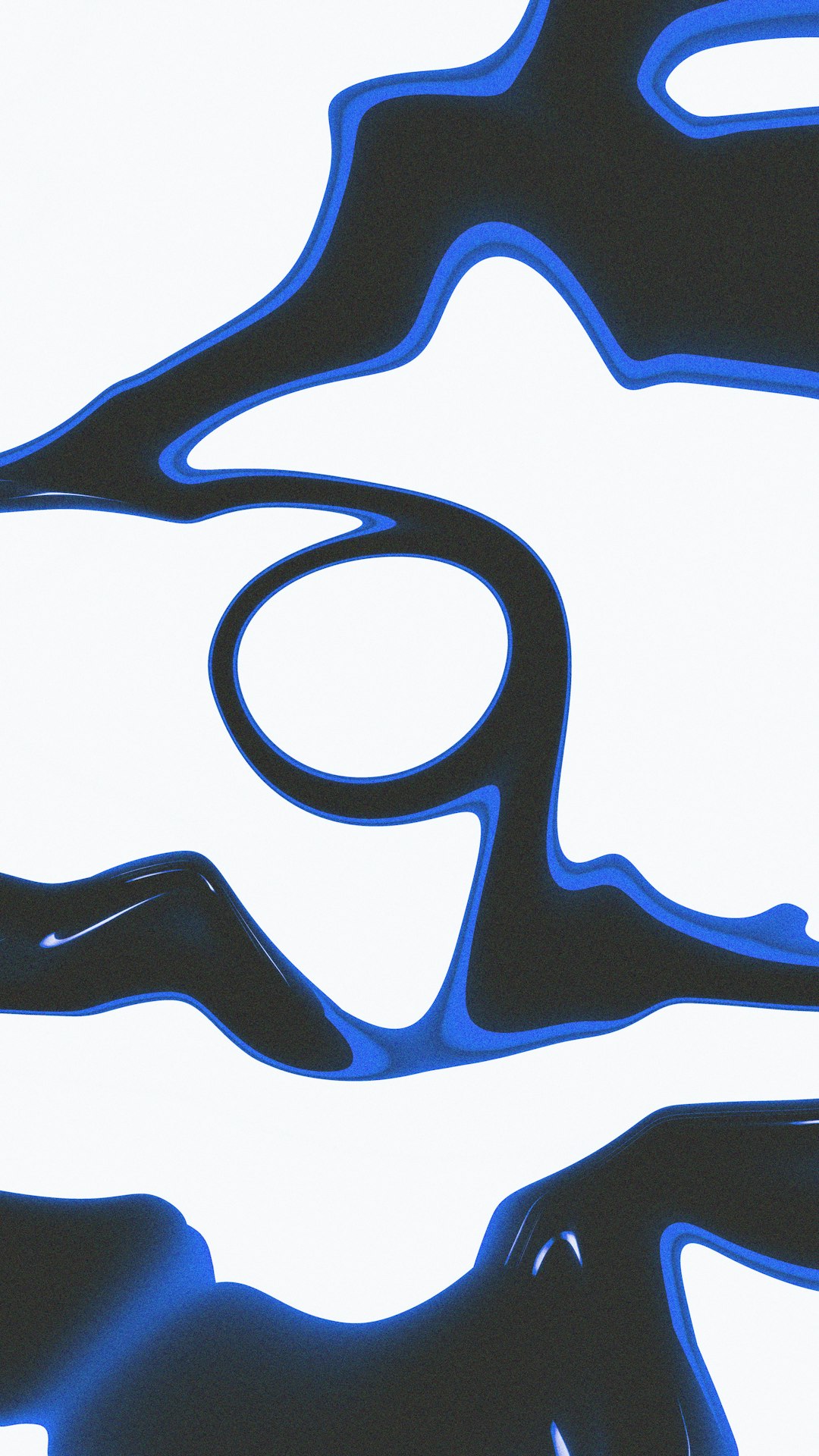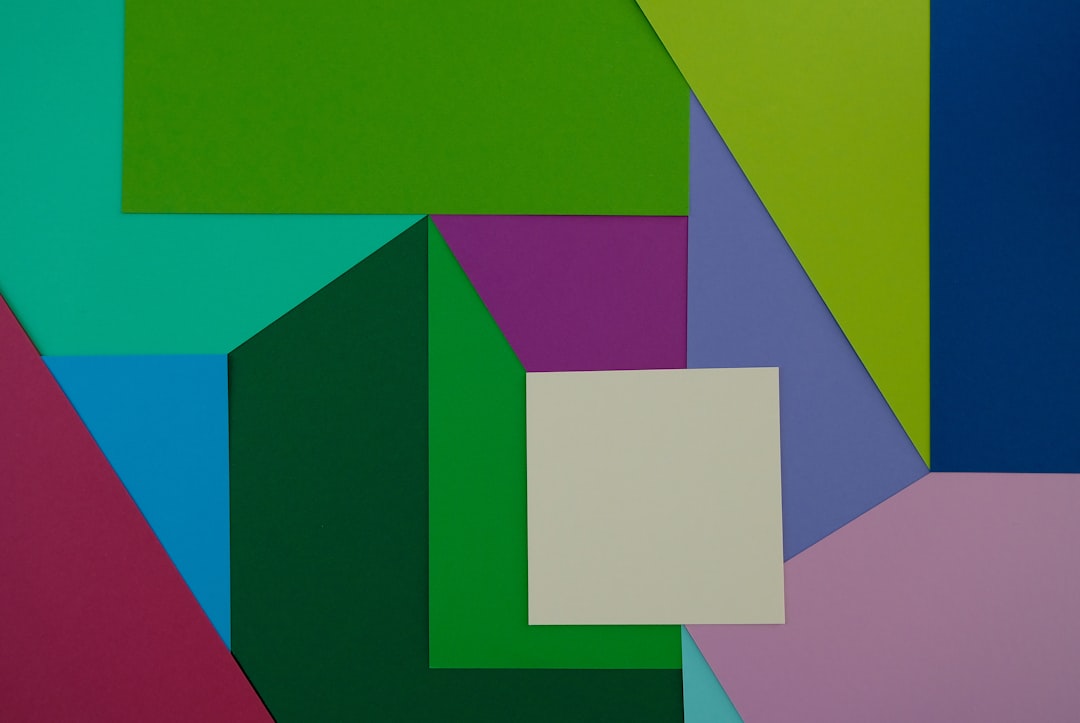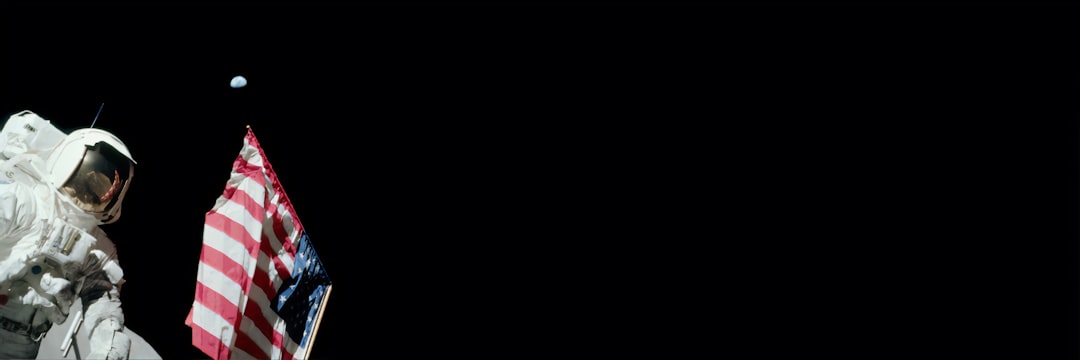In the world of branding, logos are more than just symbols; they’re the face of a company’s identity, story, and values. Abstract and geometric marks have become especially popular for their versatility, modern appeal, and ability to leave a lasting impression without relying on literal imagery. Whether you’re a designer seeking inspiration or a brand owner looking to innovate, experimenting with logos in abstract and geometric styles can unlock powerful creative possibilities.
TL;DR: Abstract and geometric logo marks combine artistic expression with mathematical balance to capture attention and convey brand essence. These styles rely on shape, proportion, and symbolism rather than detailed imagery. In this article, we’ll explore 14 compelling logo prompts to inspire your next abstract design. Whether minimalist or complex, geometric logos can stand out with creativity and precision.
Why Abstract and Geometric Logos Work
Abstract logos allow designers to break free from constraints and explore the emotional and symbolic language of shapes and lines. Unlike literal logos that depict objects or letters, abstract designs focus on form, balance, and movement — offering a universal aesthetic that can transcend cultural barriers. Geometric logos, meanwhile, leverage the beauty of symmetry, pattern, and simple forms such as circles, squares, and triangles to build futuristic, clean, and memorable icons.
They work especially well for tech companies, creative studios, and modern brands because they:
- Provide a high level of visual flexibility
- Remain legible and impactful at any scale
- Appeal to minimalism and modernism trends
- Allow open interpretation and deeper emotional resonance
14 Logo Prompts for Abstract and Geometric Marks
Here is a collection of powerful prompts that can help spark creativity for your next logo project. These range from simple design outlines to symbolic conceptual ideas, perfect for AI-assisted design or manual brainstorming with sketch and software.
1. The Infinity Labyrinth
Design a fluid, looping geometric path in the shape of an infinity symbol combined with maze-like pathways. Use uniform line width and optical flow to convey open-ended innovation and mystery.

2. Tri-Fold Dimension
Create a triangular logo with interlocking shapes that seem to fold into one another. Inspired by origami and multidimensional facets, this prompt reflects complexity and balance ideal for consultancy or architecture firms.
3. Molecular Harmony
Portray interlinked circles of various sizes to mimic a molecular structure. Incorporate symmetry and spacing to represent collaboration, science, or technological synergy.
4. Radiant Spiral Frame
Design a spiraling square or circle based on the golden ratio or Fibonacci sequence. Let the spiral either tighten inward or grow outward to symbolize growth or introspection, ideal for education or wellness brands.
5. Tessellated Triangle Grid
Use tessellation to form a pattern of connected triangles — filled or outlined — and manipulate depth using gradient, shading, and overlap. This suggestion leans heavily on modern design principles and suits digital services or fintech sectors.
6. Optical Hex Lock
Combine hexagons in a layered structure where negative space forms an illusion of locks or interlocking mechanisms. A sophisticated nod to cybersecurity or engineering brands.

7. Circuitry Blossom
Create radial symmetry resembling a flower made of circuit board lines or nodes to blend organic and digital aesthetics. Ideal for bio-tech or eco-tech branding that bridges nature and technology.
8. Balanced Cube Illusion
Play with isometric cube shapes to craft an optical illusion of depth and dimensionality. Think Escher-inspired impossible shapes or Penrose triangle integrations to evoke imaginative or analytical brand values.
9. Pulse Wave Knot
Design a continuous waveform or sine pattern that loops into a seamless knot. It’s abstract but emotive, signaling connectivity, energy, and rhythm — ideal for audio, communications, or wellness industries.
10. Stellar Vector Points
Create a starburst of lines or dots radiating from a center point, but organized in a geometrically symmetrical layout. This evokes the harmony of celestial bodies and is perfect for science, astronomy, or visionary startups.
11. Void-Space Dots
Construct a composition using sparse circles at varying sizes and spacing to create constellations or suggest depth. Use opacity variations to create a sense of movement or floating particles — suited for brands that deal in innovation or spatial design.
12. Modulated Wave Grid
Build a grid that warps like ripples or waves across a cube or square. Modify node positions to create tension and release, reflecting the dynamism of change — ideal for music, media, or transformation-focused brands.
13. Equilibrium Rings
A sequence of nested circular shapes within one another, each representing a layer of control or stability. Optionally, offset one ring slightly to defy perfection and explore themes of progress, evolution, or tension.
14. Fragmentary Polygon Blaze
Create polygonal shapes (pentagons, hexagons) that appear fragmented or dynamically breaking apart. Use sharp, clean edges and subtle gradients. The concept symbolizes disruptive innovation, creative force, or breakthrough ideas.
How to Use These Prompts
Whether you’re designing from scratch or using artificial intelligence tools like generative design software or AI-powered image generators, try these prompts as concept springboards. Adapt them to your brand’s values, test variations in symmetry, and play with vector manipulation to customize the final output. Here are a few practical steps:
- Sketch out rough shapes based on the geometric prompt using pencil and paper or design software like Figma or Adobe Illustrator.
- Explore digital symmetry tools or constraints to replicate accurate, clean edges and mirrored forms.
- Input the prompts into design AIs like MidJourney or DALL·E to generate visual variants, then refine manually.
- Test logo scalability by resizing to small icons and seeing how readable it remains without text.
Patterns, Psychology, and Branding
Shapes and forms have deep psychological implications that affect how logos are perceived. Circles promote inclusiveness and unity; triangles suggest direction and ambition; squares symbolize stability and trust. Abstract and geometric marks can use these effects subtly by suggesting meaning without directly stating it.
An angular logo with sharp lines may feel bold and assertive, while soft curves and circular forms convey warmth and accessibility. Understanding the emotional resonance of geometry enables more intentional logo crafting.
Final Thoughts
The world of abstract and geometric design is vast, adaptable, and filled with inspiration. These 14 logo prompts serve as an open door into limitless directions for enhancing visual identity. As brand aesthetics evolve with time, the need for originality and abstraction in logos becomes even more critical.
Ultimately, the most effective abstract logos speak volumes without saying a word — they mesh clean design, symbolic intention, and visual balance to create something truly memorable. Incorporate these prompts into your design process, tweak them to match your narrative, and don’t be afraid to push beyond expected norms.
 logo
logo


